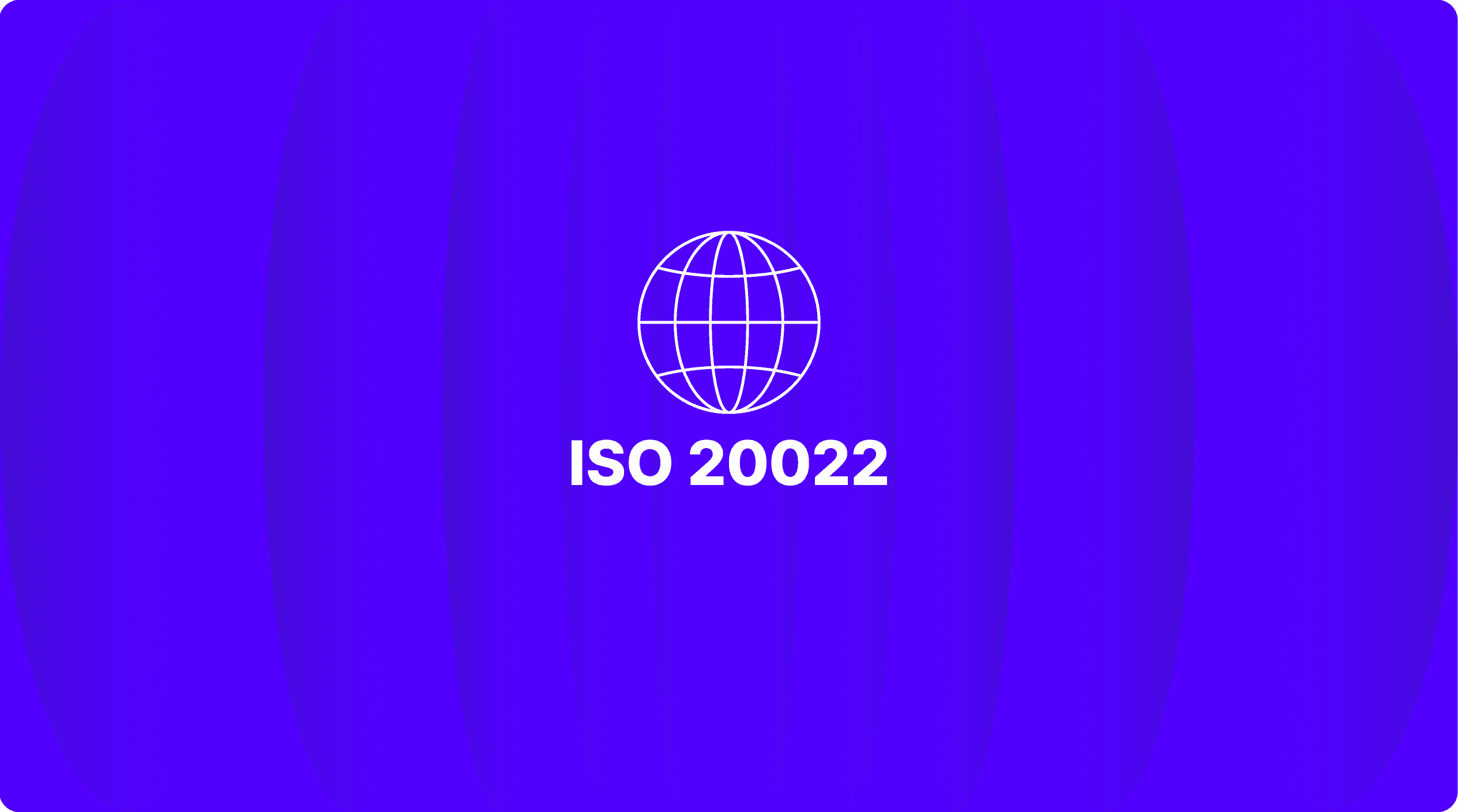FX: What's the right model for your bank?
The opportunities to offer foreign currency payments have never been as cost effective as they are today. Given the enormous potential of FX offerings, it is imperative that every bank at least considers conceiving or enhancing their FX capability. Our in-house FX expert, Mark Dumolien, shares his experiences and thoughts in this article.
Twenty-five years ago, when I entered the foreign exchange market, foreign exchange was an elitist game, reserved for the world's biggest banks and the larger regional banks, who could afford the high cost of entry into these boulevards. The proficiency and the time needed to run FX in-house was absurdly high, deterring smaller banks from experimenting.
Back in the 1990s, making a $10,000 foreign currency wire payment for a commercial customer did not make sense for the bank offering foreign exchange. At the time, a salesperson or an operations person would have to manually take the payment details over the phone and input those details into the banks' FX system. Any errors in routing or account numbers were time-consuming to fix. This meant that even larger margins didn't justify the time and money spent to offer FX to these smaller commercial customers, directing the customer to "just send dollars".
The early 2000s saw the larger banks leveraging technology to help their customers with web applications to directly manage their payments. This gave customers greater transparency and control of their payments, while also reducing the many telephone calls and glitches associated with manually processing payments.
At the same time, banks were creating the idea of sub-accounts to their global network of foreign currency accounts; these accounts are generally called "multi-currency accounts," or MCAs. This allowed their customers to effectively purchase a block of foreign currency and then make payments as needed using their preferred currency, putting even more direct control in the hands of their customers.
The large banks made inroads into the FX space with powerful technology, leaving the smaller banks in a stew. The amount of in-house technological know-how required to build and keep these systems up and running was disproportionate to the capacity of the smaller banks, temporarily raising the barriers to explore into the FX opportunities.
Gradually, larger regional banks, through investments, capitalized on the capabilities offered by software companies. However, those regional banks still had the obligation to host servers, load software, manage upgrades, conduct full end-to-end tests, and deal with outages themselves.
Fast forwarding to today, even the smallest of banks can offer foreign currency payments with relative ease. For example, many small banks take advantage of the end-to-end capabilities offered by Finzly's FX Star. Banks enjoy a fully hosted environment, where we set up the system, manage the software, help troubleshoot any issues, all at a very reasonable cost.
With practically no market risk, banks are presented with reasonable choices to enter into the FX market, giving them the freedom to choose according to their internal dynamics. Three such models are presented below:
Correspondent Banking
If your bank is not offering foreign currency payments at all, the easiest choice is to work directly with a larger bank to manage your foreign currency payments. A decade ago, the largest banks enjoyed a strong foothold in this market, offering this service for a fee, to the smaller banks.
Today, Finzly offers similar capabilities and some of the banks that use Finzly FX Star offer these services on very competitive terms to smaller banks. The respondent banks, in turn enjoy superior end-user experience and advanced features at par, or even better than what the largest banks have to offer.
Hybrid Models
As the FX business at your bank grows, the next logical step is to embark on a hybrid approach. In this approach, a bank can open foreign currency accounts depending on where the bulk of their payments take place (Canada, Mexico, Euro-zone, etc.) and keep the correspondent banking relationship for the rest of the currencies in the world.
There are an endless number of hybrid scenarios that can be customized depending on each bank's needs. Products can be as simple as just making payments, all the way to offering hedging capabilities and multi-currency accounts.
Full FX Suite
The final phase is when a bank, either through organic growth, mergers, or fintech partnerships wants to offer a full suite of FX products, in addition to payments. The upside of doing this is that banks can enjoy end-to-end SaaS on a fully hosted software environment, offering FX forwards, FX Swaps, FX window forwards, MCAs, and FX options!
Today, there's an overarching dynamism in payments, with booming demand from commercial companies and high-net-worth customers to make foreign currency wire payments. Banks face the problem of retaining high-profile customers whose foreign currency needs are increasing. The good news is that the right tools prevent the exodus of these commercial and high-net-worth customers from your bank.
For a bank wanting to ramp up its FX capabilities, Finzly's FX Star seamlessly enables the voyage through the aforementioned three phases. In fact, for the entry level bank that just wants to offer FX payments through a correspondent bank, we can have you up and running with a branded customer-facing portal in just a matter of months!
Remember, offering foreign currency payments is not nearly as difficult as it was just a few short years ago.
Explore our FX solution here.

Get the monthly newsletter
Get the Finzly edge through our insights









